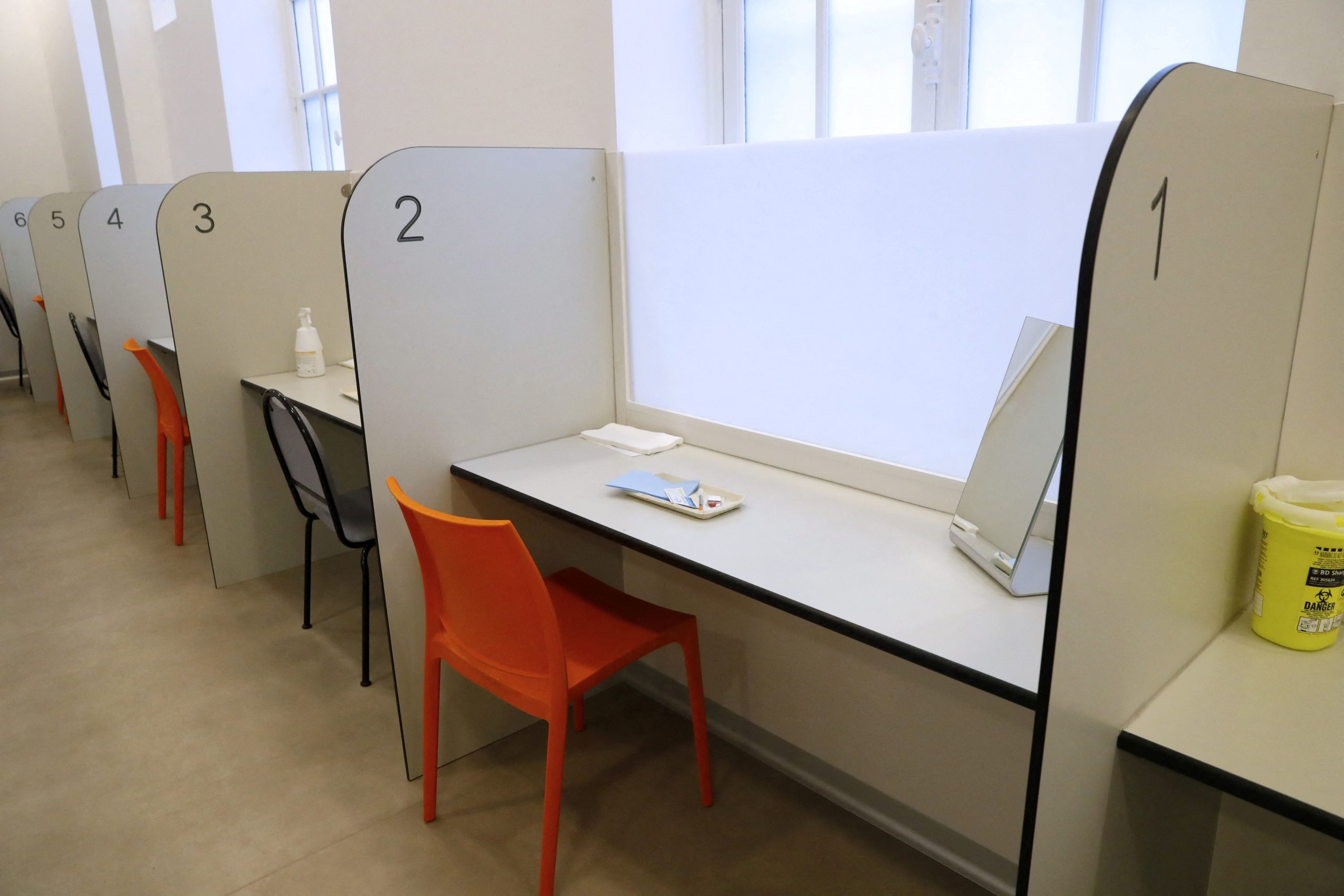Misdirected Compassion
If the Biden administration wanted to reduce the “harm” associated with drug use, they would encourage people to stop using drugs.

On Monday, the U.S. Interagency Council on Homelessness released a "Federal Strategic Plan to Prevent and End Homelessness." It is unlikely to achieve that goal for a number of reasons, not least because it promotes and seeks to facilitate drug use among the nation's drug-addled street dwellers.
Fox News's Patrick Hauf first reported that the plan calls on the council's 19 member agencies to prioritize "harm reduction" in their efforts to fight homelessness. "Harm reduction" is one of those pernicious phrases that obscures what it means to describe, in this case, the practice of giving addicts drug paraphernalia on the grounds that doing so will lower their risk of disease and overdose.
The council's plan calls for emergency shelters to implement "high impact harm reduction interventions." It also asks member agencies to "[p]rovide guidance and technical assistance on promising and best practices related to... harm reduction." That is significant, because once those "best practices" are identified, the council requests that member agencies "[i]dentify opportunities to expand upon the federal funding sources that can pay for an array of supportive services...offered with fidelity to best-practices approaches." In other words, federal dollars could be used to fund crack pipes for drug addicts if doing so is said to represent a "best-practices approach."
Want more of the best conservative thought? Support TAC today!
And it's not inconceivable, given activist pressure in that direction, that the Biden administration could do just that. In February, for example, the Department of Justice confirmed it was speaking with states about how to institute "appropriate guardrails" for supervised drug-use sites "as part of an overall approach to harm reduction." And Hauf's earlier reporting confirmed that, contrary to the administration's claims, at least some organizations receiving federal grant money were giving out crack pipes to addicts in the name of harm reduction.
Given that more than 100,000 Americans die of drug overdoses every year, it is understandable that policymakers acting in good faith would be open to programs such as clean-needle swaps that have limited the spread of diseases such as Hepatitis C among drug users and the public at large. But the economists' insight, that you get more of what you incentivize, holds for drug use, too. If you make it easier to shoot up heroin, more people will shoot up heroin. It is a self-fulfilling cycle: harm-reduction sites make it easier to abuse drugs, which creates more addicts, which, in proponents' minds, justifies the creation of more harm-reduction sites.
Subscribe Today
Get daily emails in your inbox
These efforts are framed as a form of "compassion," but there is nothing compassionate about allowing people to become slaves to lethal substances. If they wanted to reduce the "harm" associated with drug use, they wouldn't hand out clean needles and crack pipes, but would encourage people to stop using drugs. That isn't their agenda, though, which harm-reduction advocates make clear when they speak of the need to "destigmatize" drug use. It's not that safe-injection sites are a necessary evil to prevent against the worst effect of drug use. They are a means to normalize a behavior that any civilized and decent society should discourage.
And it is precisely in this sense that "harm reduction" is the prototypical liberal policy. It assumes and seeks to mitigate the natural consequences of bad behavior, rather than calling men to be virtuous. When monkeypox broke out, "experts" encouraged gay men to engage in "safe sex" rather than remain abstinent. When women find themselves inconvenienced by pregnancy, progressives encourage them and their lovers to kill their children rather than live with the consequence of the procreative act. When wide-eyed junkies present themselves at these "harm-reduction clinics," the Biden administration wants to give them crack pipes and supervisors rather than mandatory trips to rehab.
The opioid crisis and drug abuse have many causes: the unchecked flow of drugs across the southern border, unscrupulous doctors who overprescribe pain killers, gang activity, economic dislocation, and more. Solving those problems is complicated. But in the very narrow sense of how to "reduce harm" associated with drug use, we have the answer. It does not involve indulging the cravings of addicts or making it easier to abuse illegal substances. It involves giving addicts the resources they need—physical, mental, and spiritual—to kick the habit and regain their human potential. But if the Biden administration and its Interagency Homelessness Coalition want to hand out needles and crack pipes, their "solution" will be the genesis of yet untold problems.
Comments